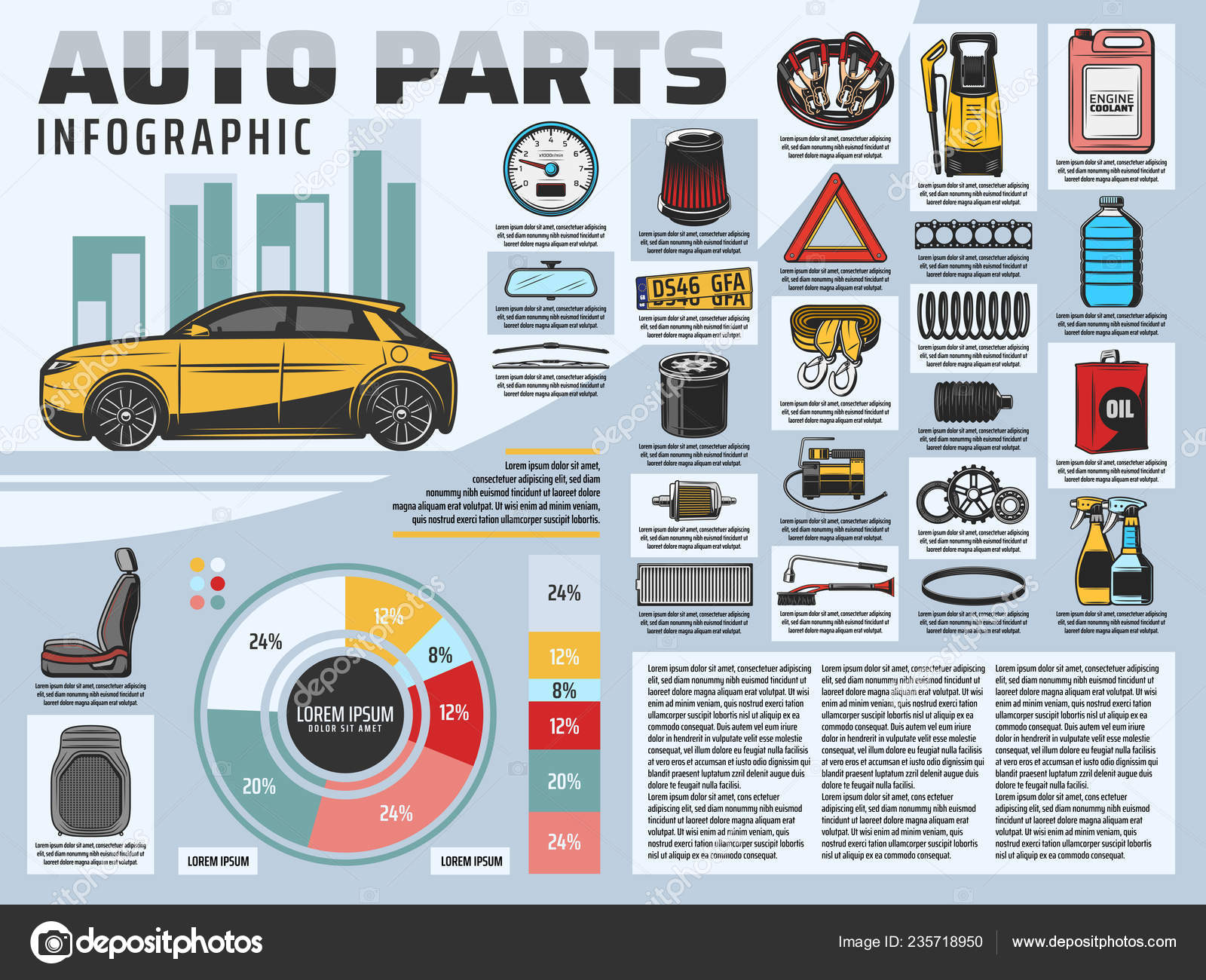Interpreting Your Car'S Alert Lights: Their True Implications
Interpreting Your Car'S Alert Lights: Their True Implications
Blog Article
Staff Author-Faulkner Forbes
When you lag the wheel, those radiant caution lights on your dashboard can be a little bit puzzling. Do you understand what they're trying to inform you regarding your car's wellness? Comprehending the significance of these lights is essential for your safety and the longevity of your automobile. So, the following time one of those lights pops up, wouldn't you wish to analyze its message accurately and take the needed actions to address it?
Common Warning Lighting and Interpretations
Determine typical caution lights in your cars and truck and comprehend their meanings to make certain risk-free driving.
One of the most common caution lights consist of the check engine light, which signifies problems with the engine or discharges system. If this light comes on, it's crucial to have your car inspected immediately.
The oil stress alerting light indicates reduced oil pressure, requiring prompt interest to avoid engine damages.
https://ecu-tuning-shops-near-me28406.howeweb.com/32711532/mobile-vehicle-detailing-comfort-fulfills-quality-for-your-vehicle blinking battery light might recommend a faulty billing system, potentially leaving you stranded if not attended to.
The tire pressure surveillance system (TPMS) light alerts you to low tire pressure, influencing car stability and gas effectiveness. Neglecting this can bring about dangerous driving conditions.
The abdominal muscle light suggests an issue with the anti-lock braking system, jeopardizing your capability to quit quickly in emergencies.
Finally, the coolant temperature level warning light warns of engine getting too hot, which can lead to severe damages otherwise solved promptly.
Recognizing these typical caution lights will help you address concerns immediately and keep risk-free driving problems.
Importance of Prompt Interest
Understanding the usual caution lights in your auto is only the first step; the value of quickly addressing these warnings can't be highlighted sufficient to guarantee your safety and security when driving.
When a caution light brightens on your dashboard, it's your car's method of communicating a prospective problem that needs focus. Overlooking these warnings can result in more extreme troubles in the future, endangering your safety and potentially costing you much more in repairs.
Motivate interest to cautioning lights can avoid malfunctions and accidents. For example, a flashing check engine light could suggest a misfire that, if left ignored, could cause damage to the catalytic converter. Addressing expert car detailing can conserve you from a costly repair work.
In a similar way, a brake system warning light may signal low brake fluid or worn brake pads, essential parts for your safety and security when driving.
Do It Yourself Troubleshooting Tips
If you notice a caution light on your dashboard, there are a couple of DIY fixing suggestions you can attempt before seeking specialist help.
The very first step is to consult your car's guidebook to understand what the certain warning light suggests. Sometimes https://ecutuninggroup40628.idblogz.com/32644765/discover-how-environment-friendly-vehicle-outlining-items-can-elevate-your-vehicle-s-luster-while-safeguarding-the-planet-discover-the-lasting-alternatives-waiting-for-you can be as straightforward as a loose gas cap setting off the check engine light. Tightening the gas cap might fix the problem.
One more common problem is a reduced battery, which can activate various alerting lights. Inspecting the battery links for corrosion and guaranteeing they're protected may take care of the trouble.
If a warning light lingers, you can attempt resetting it by disconnecting the cars and truck's battery for a couple of minutes and then reconnecting it. In addition, examining your automobile's fluid levels, such as oil, coolant, and brake liquid, can assist repair alerting lights related to these systems.
Conclusion
Finally, comprehending your automobile's warning lights is crucial for maintaining your car running efficiently and securely. By promptly dealing with these alerts and understanding what they mean, you can avoid pricey repair services and possible breakdowns.
Keep in mind to consult your automobile's guidebook for certain details on each advising light and do something about it appropriately to guarantee a trouble-free driving experience.
Stay informed, stay safe when driving!
